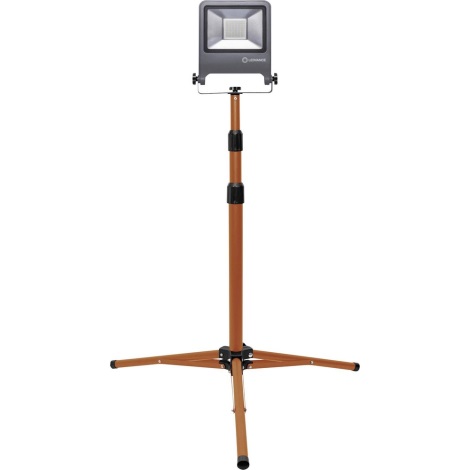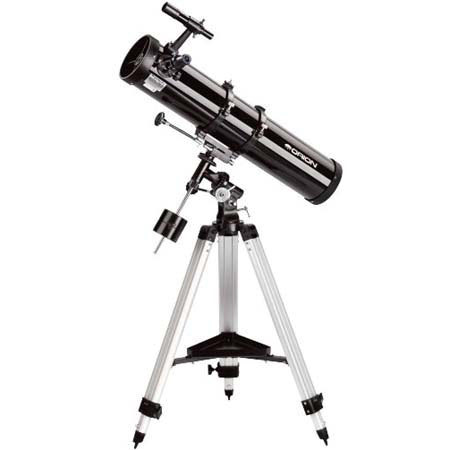


This might be one of the easiest to use telescope mounts, but every commercial telescope ever built which uses this kind of mount has had some caveats. The telescope can easily be moved to any position in the sky, there are no dead spots at the celestial pole or the zenith where it is difficult to track, and the eyepiece can be rotated to any position.

Newton’s first reflecting telescope, and the infamous Edmund AstroScan, are examples of this sort of mount. These telescopes are mounted inside or atop a smooth ball, which rests in a cradle. Infinite Axis (Ball): Very rare these days, but very easy to use.Equatorial mounts are usually a lot more complicated to set up and use, but they have the distinct advantage that a single axis can be rotated to keep up with the rotation of the Earth. If you don’t immediately know what I mean by that, do not fret, but know that an EQ mount is likely not the best choice for you. Equatorial (EQ): These telescopes are conceptually the same as tilting an altaz telescope so the azimuth axis points not straight up, but at the celestial poles.The telescope swivels around 360 degrees of azimuth, all around the horizon, and its altitude axis allows you to view anything from the horizon to the zenith (top of the sky.) The trouble with these is the difficulty in pointing at objects within “Dobson’s Hole,” a region of the sky near the zenith where it becomes very difficult to point and track because the azimuth axis needs to do a lot more turning. Altitude/Azimuth (Altaz): These go up, down, and all around.The motions of a mount, that is, the axes through which they rotate, come in three main varieties: Let’s take a look at some of the mounts which are often shipped with beginner telescopes. How can we avoid hobbykiller mounts? The short answer is “Avoid any telescope on a tripod by default get a Dobsonian.” You can of course find plenty of decent beginner telescopes on tripods, but the easiest way to avoid the worst ones is to steer clear of them. A wobbly mount, one which refuses to hold steady, which drifts or drops or sags, which shakes if you look at it wrong: that is the real hobby killer, and it is all too common in beginner telescopes of all optical configurations. Much more important in determining whether a telescope will remain a useful and engaging observing instrument or will stay unused in the attic is the mount. In these cases, even with telescopes using pretty poor accessories, the telescopes are still optically superior to what Galileo, Kepler, Messier, and Huygens had to play with, and each of them made some of the most interesting and important observations in astronomy.įor a cheap instrument, somewhat poor optics can be forgiven, up to a point. Again though, much ink has been spilled about these accessories. More important is the accessories, which tend to be low quality, and in the cheapest examples, they’re based on the deprecated 0.965” standard. Much ink has been spilled about the optical shortcomings of “hobbykiller telescopes,” but the actual objective lens is usually half-decent, if somewhat small. Most of them use glass achromatic (false-color-reducing) doublet lenses of long focal lengths and can produce some crisp images. The truth is that a great many of these refractor telescopes are not horrible, optically. But this term, related to the more descriptive “Hobbykiller Telescope,” can also be applied to some big-name telescopes sold by Celestron, Meade, and Orion. The “Department Store Refractor” is an archetype of a generally very poor telescope, essentially a toy sold to parents who don’t know better, usually with poor optics and poorer mounts. There are more telescopes than ever for beginners, and the sad fact is that a great many of them are rubbish. Nowadays we can find similar offerings for 50 or 100 bucks, and large commercial Dobsonian reflectors with apertures of 6 to 12 inches are becoming very affordable. Telescopes with two-inch-wide achromatic objectives, mounted even on simple altaz forks, would be a severe investment. Viewing the catalogs of yesteryear–the 50s, 60s, even as recently as the 90s–one learns the incredible expense associated with telescopes of the time. We live in a time of unprecedented telescope availability.


 0 kommentar(er)
0 kommentar(er)
